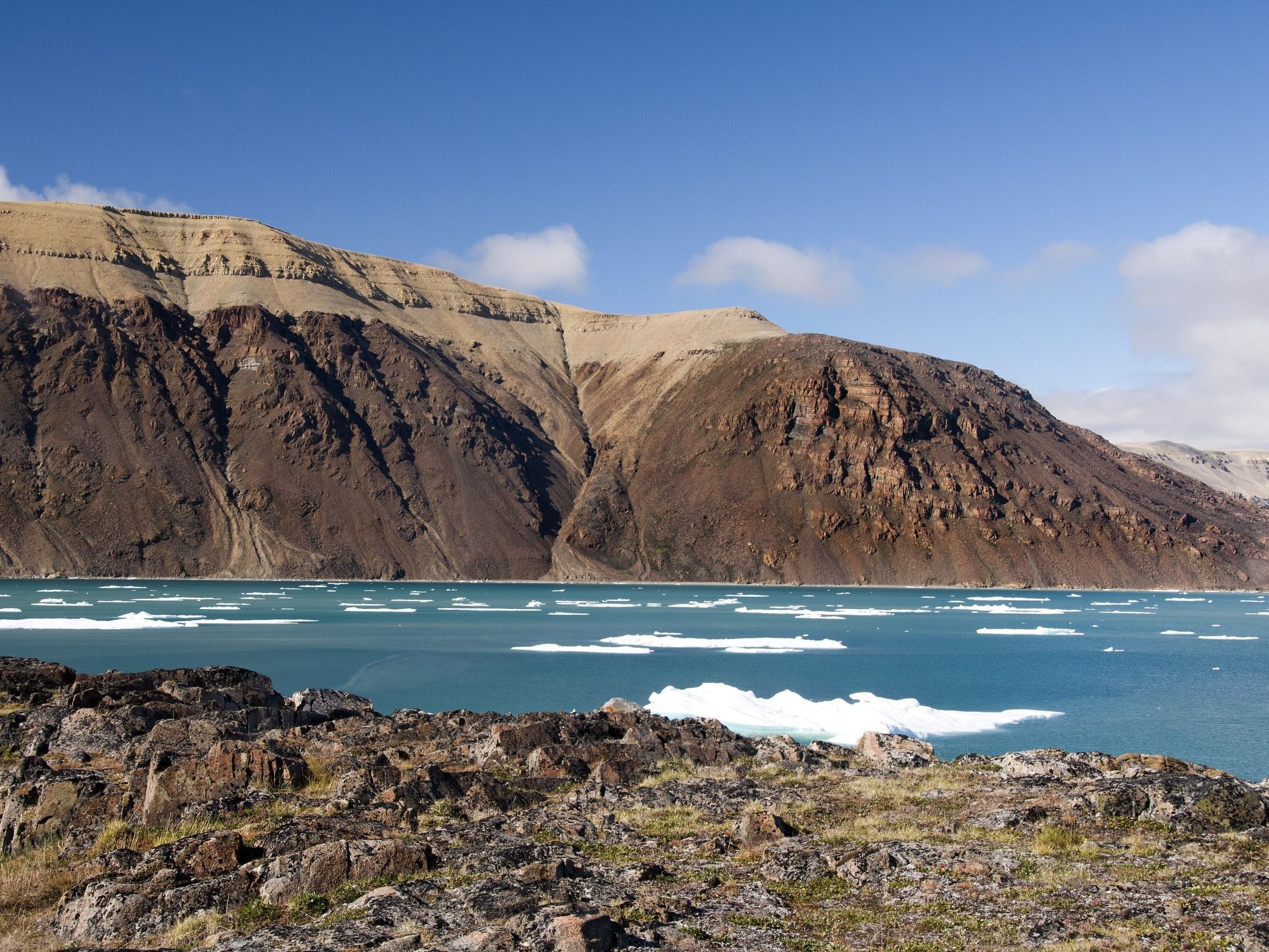Diamond-encrusted rock discovery offers insights into ancient continent which stretched from Europe to North America
Geologists say fragments suggest North Atlantic Craton was 10 per cent bigger than previously thought

Diamond-encrusted rock samples discovered on a Canadian island come from an ancient continent that was probably 10 per cent larger than has always been thought, geologists say.
The fragments of the North Atlantic Craton – a vast land mass which stretched from Europe to North America – were found on Baffin Island.
Scientists stumbled on them as they sifted the area for diamond samples.
The fragments, bearing a mineral signature matching other portions of the North Atlantic Craton, are thought to be some 150 million years old.
“Finding these lost pieces is like finding a missing piece of a puzzle,” Maya Kopylova, a geologist with the University of British Columbia said in an article published on the institute’s website.
She added that such evidence of the ancient crust, which has also previously been found in Scotland and Greenland, was much sought-after.
The samples were taken from deep below the Chidliak Kimberlite Province on the south of Baffin Island.
Previous reconstructions of the North Atlantic Craton had been based on shallow rock samples formed at depths of up to six miles.
But, because the new rock samples were found far deeper into the earth, it suggests the land mass may have been even bigger than previously thought.
“With these samples we’re able to reconstruct the shapes of ancient continents based on deeper, mantle rocks,” Ms Kopylova said. “We can now understand and map not only the uppermost skinny layer of Earth that makes up 1 per cent of the planet’s volume, but our knowledge is literally and symbolically deeper.”
The samples were initially found by provided by Peregrine Diamonds, a Canada-based mineral exploration company, and are now being kept at UBC for research.
Join our commenting forum
Join thought-provoking conversations, follow other Independent readers and see their replies
Comments
Bookmark popover
Removed from bookmarks